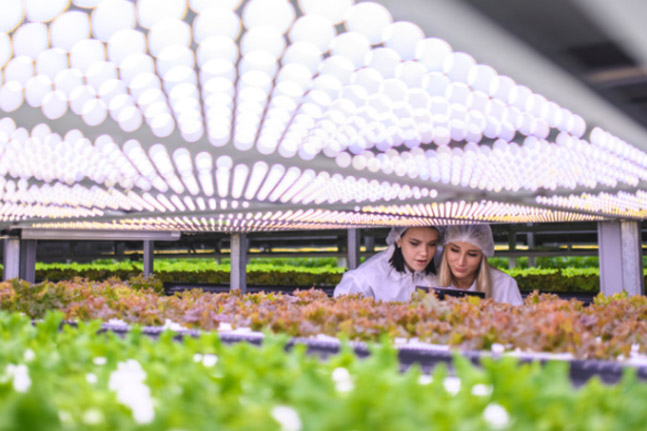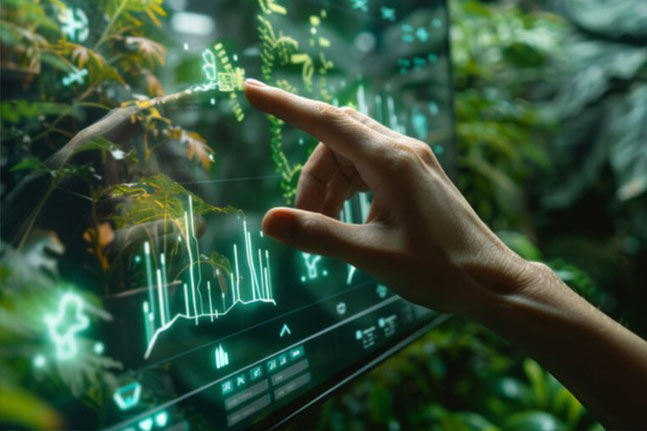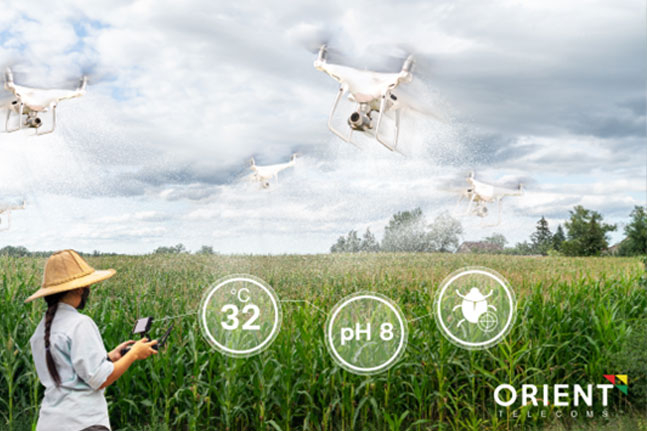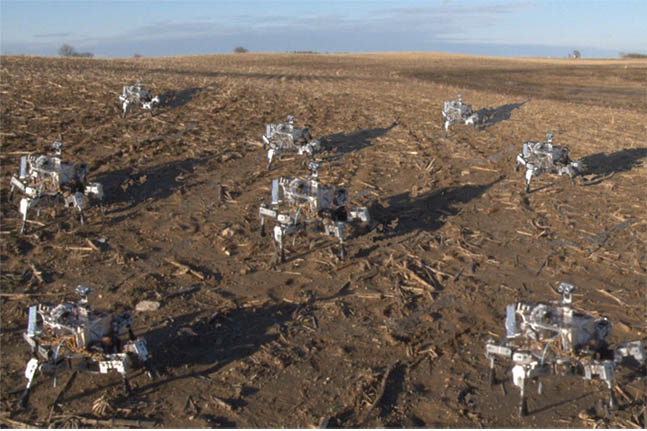
AI IN AGRICULTURE: COMPUTER VISION AND ROBOTS ARE BEING USED FOR HIGHER EFFICIENCY
August 1, 2022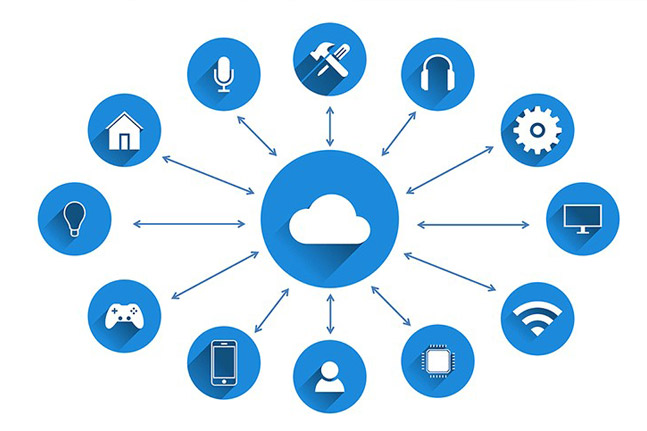
IoT Sensor Market Will Reach USD 31060 Million By 2028 With A CAGR of 18.0%
December 4, 2022Shifting the boundaries of agricultural production and potential with the Internet of Things
The Internet of Things (IoT) has put its foot on the proverbial accelerator, delivering innovative solutions and disruptive inventions that reshape and redefine markets and sectors. It remains a leading digital trend thanks to its intelligent ability to converge both the digital and physical worlds to create smart solutions.
From energy efficiency to natural disaster monitoring to yield measurement and optimization, IoT is measurably improving operations and agriculture environments. However, there are still some obstacles that the sector has to overcome to fully realize the potential of IoT in the long and short term.
The globalization of agriculture production has created a hyper-competitive landscape where companies are not just competing with the farmer next door, but with farmers all over the world. This means that farmers have to make operational optimization a priority – optimization of production, resources, yield, land and variation. This has to be further driven by reduced waste, improved processes, streamlined supply chain operations and better consistency across yield, product and delivery.
Finally – agri-production needs huge amounts of accurate, granular data for future planning and improving farming techniques. A couple of percentages here and there can make all the difference – but farmers need to be able to do analytics over many years of data to see how changes to techniques improve harvests. The right time to start gathering, storing and analyzing data from the fields is right now…
“Many of the larger agricultural enterprises have already invested in IoT solutions and adoption is accelerating quickly,” says Roger Hislop, Exco member of the IoT Industry Council of South Africa (IOTIC). “Most farm operations teams don’t talk about IoT, they talk about operational technology – but at its heart, it’s the IoT capability that drives the value.
Low-cost, simple, hardy devices that generate data, and allow automation. IoT epitomizes the transformation and optimization of operational tech and can become a tool with which agricultural organizations reduce risk, manage resources and gather the data that will have a transformative impact on their business.”
When it comes to reducing risk, IoT can be used to manage the flows and levels of dams and canals to ensure water doesn’t run dry at a critical point in crop growth. Or perhaps, when it comes to managing resources, IoT can ensure that farm machinery is in good condition and where it’s meant to be. It can monitor machines, reducing waste and power usage (and cost if the farm is on a time-of-use tariff…) as every step can not only be optimized but also automated effectively.
Also, the data gathered from every digital touchpoint allows for decision-makers to make changes in operation that can have long-term implications for production. Even a small change in the temperature or humidity in a chicken house, for example, can impact growth rates, livestock wellbeing and more.
“The use of IoT in Agri is set to make sustainable changes in the industry by providing farmers with exactly what information and automation they need to transform productivity and growth. ”


